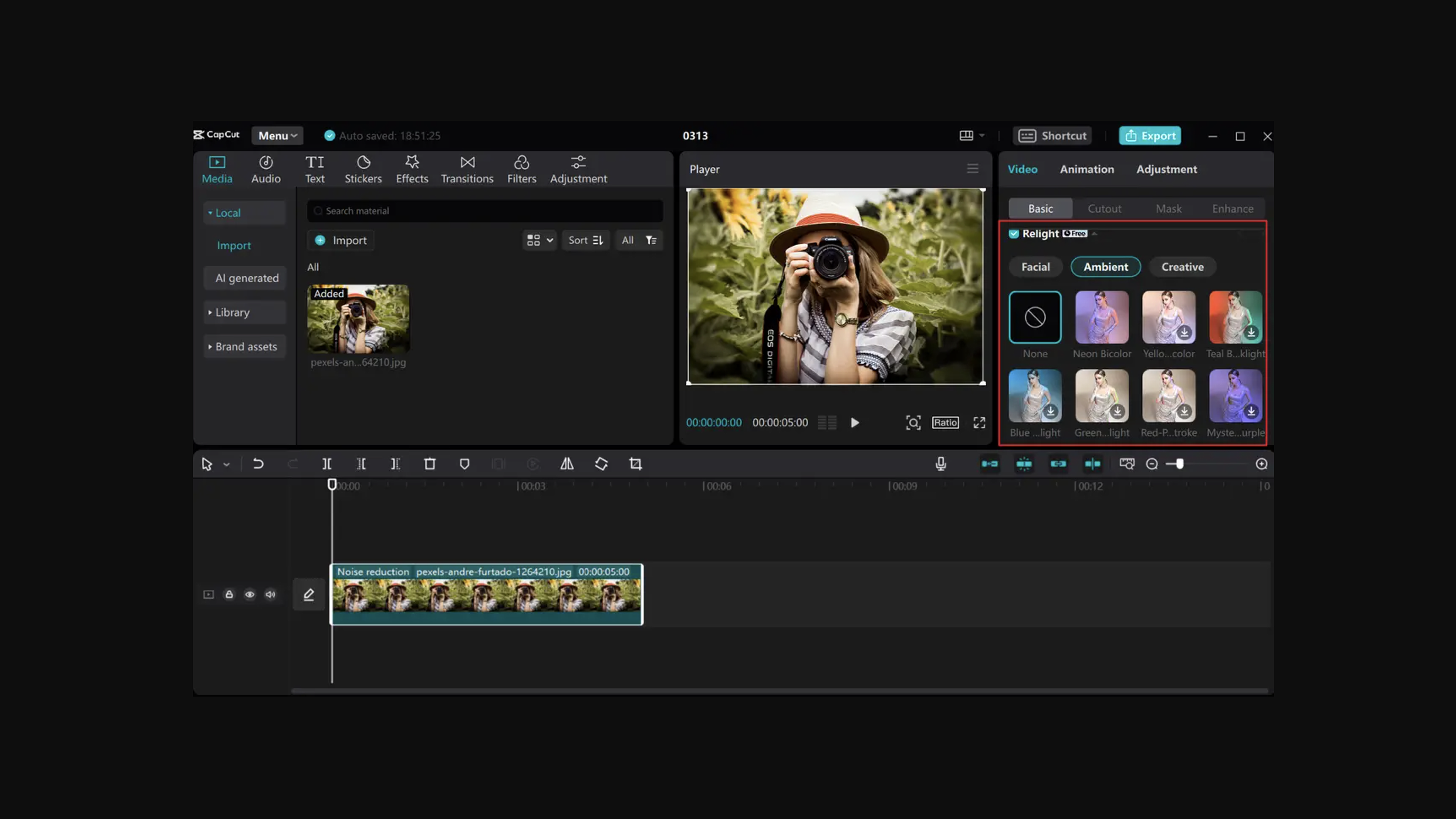XP-Pen vs Huion: which is right for you?
In our XP-Pen vs Huion guide, we look at the pros and cons of the tablets offered by each manufacturer.
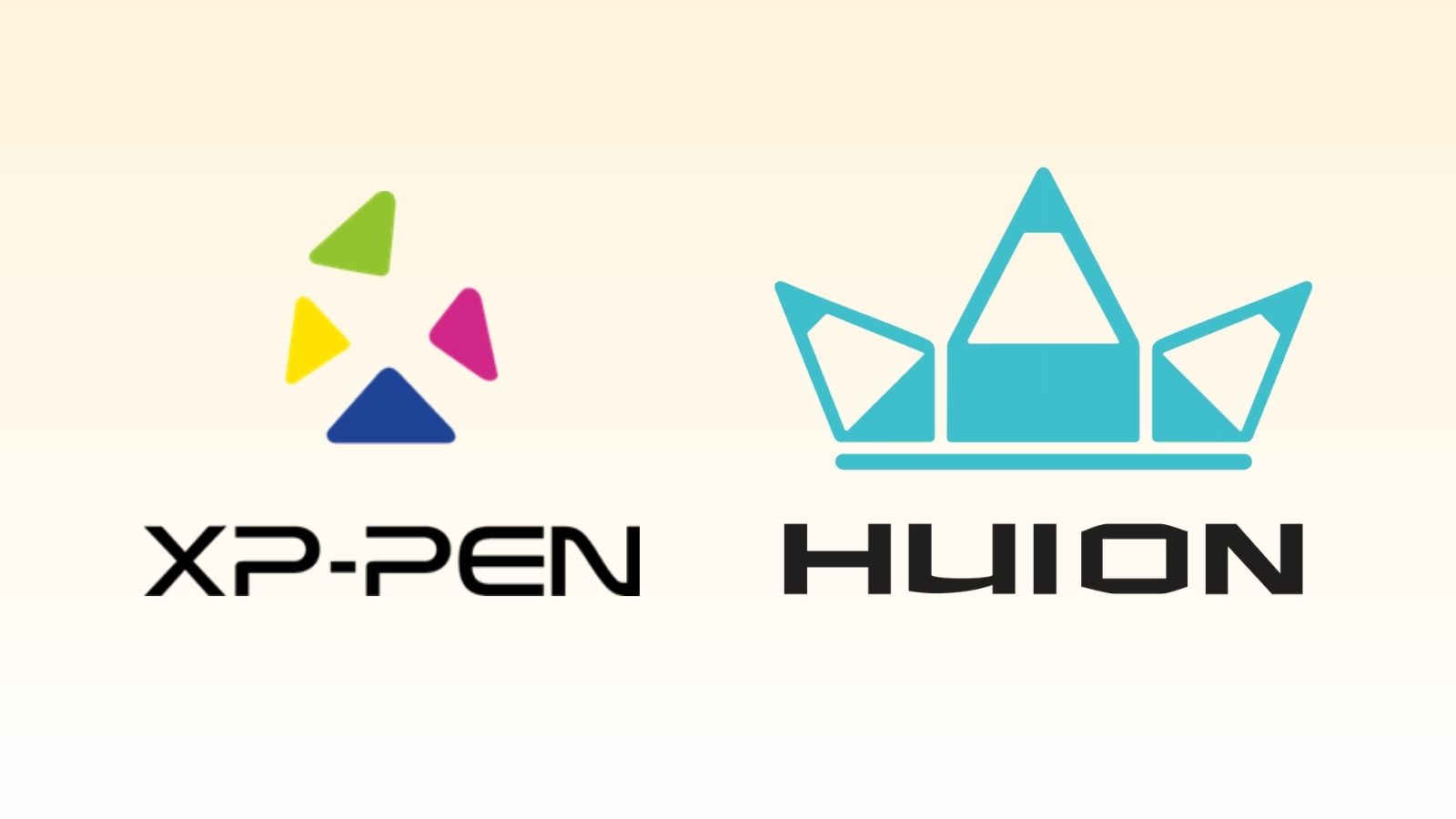
XP-Pen vs Huion? This is a question that any creative on a budget may well ask themselves, as they hunt for a great drawing tablet that doesn’t require paying the price for a Wacom or a top-end iPad Pro.
Whereas once Wacom was the only real name in drawing tablets, these days there’s a lot more competition out there. Manufacturers like XP-Pen and Huion have ably stepped in to fill the gap, offering tablets that are not only well-priced but also offer a competitive drawing experience to the big dogs of the industry.
Our full guide to the best drawing tablets includes a few models from XP-Pen and Huion, and they thoroughly earned their place on that list. But which is better – or, to ask a better question, which is better for you? Everyone is different after all, so we’ve put together this guide to help you answer this question for yourself.
Before we start, we’ve divided this guide up into sections for the two different types of tablets that XP-Pen and Huion make – graphics tablets and pen displays. Essentially, the main difference between the two is that graphics tablets do not have a screen, so need to be hooked up to an external monitor or other display device. Pen displays, meanwhile, do have their own screen, which provides a much more immediate and intuitive drawing experience, but also adds to the bulk and cost of the tablet.
While we don't have room to go through every single product each brand offers, we’ll compare a few similar tablets and their pros and cons to give you a sense of what might be right for you. So let’s get started – it’s time to pitch XP-Pen vs Huion.
XP-Pen vs Huion: Graphics tablets
Both manufacturers offer a number of small, cheap graphics tablets. Highly portable, these are great for those who like to draw on the go, or just want something simple that isn’t going to need a lot of technical know-how to draw on (graphics tablets tend to be some of the best drawing tablets for kids for this reason).
Let’s look at some examples from Huion and XP-Pen. Both firms offer quite a few graphics tablets at various sizes – you can go as small as 4 to 5 inches in display size, with options like the XP-Pen Deco Fun XS and the Huion H430P. These tend to be similarly priced and offer very similar functionality, with at least 4,096 pressure sensitivity levels. If you’re going for these absolute smallest tablets, we’d say the Huion H430P maybe has the edge, as it comes at about the same price but has the advantage of two customisable function buttons.
Get the Creative Bloq Newsletter
Daily design news, reviews, how-tos and more, as picked by the editors.
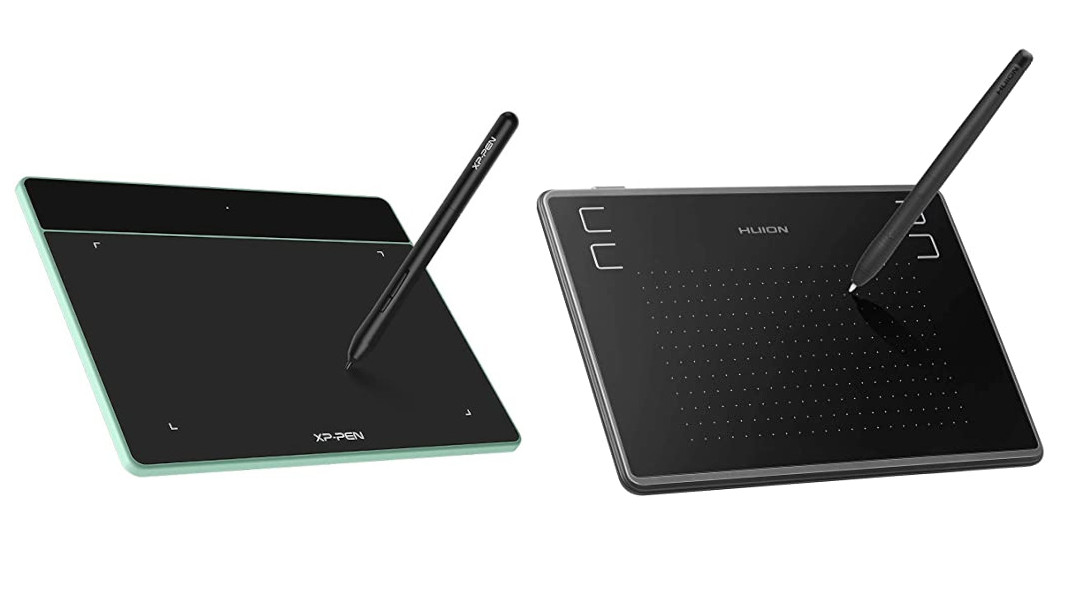
But let’s say you want quite a bit more drawing space, and skip up a few levels to the 10-inch graphics tablets. Both firms offer quite a bit of choice here, with options like the Huion Inspiroy H1060P, the XP-Pen Deco Pro, and the XP-Pen Deco 03. Again you’ll find a lot of similarity – all these tablets will tend to give you 8,192 pressure sensitivity levels, a number of customisable function keys and so on.
XP-Pen’s stable of cheap graphics tablets is larger – there are overall more options with the firm at low price points. However, Huion tends to make products with slightly more robust build quality, and is also coming out with some innovative ideas in this sector, like the Huion Inspiroy Keydial KD200, which combines a graphics tablet and a keyboard.
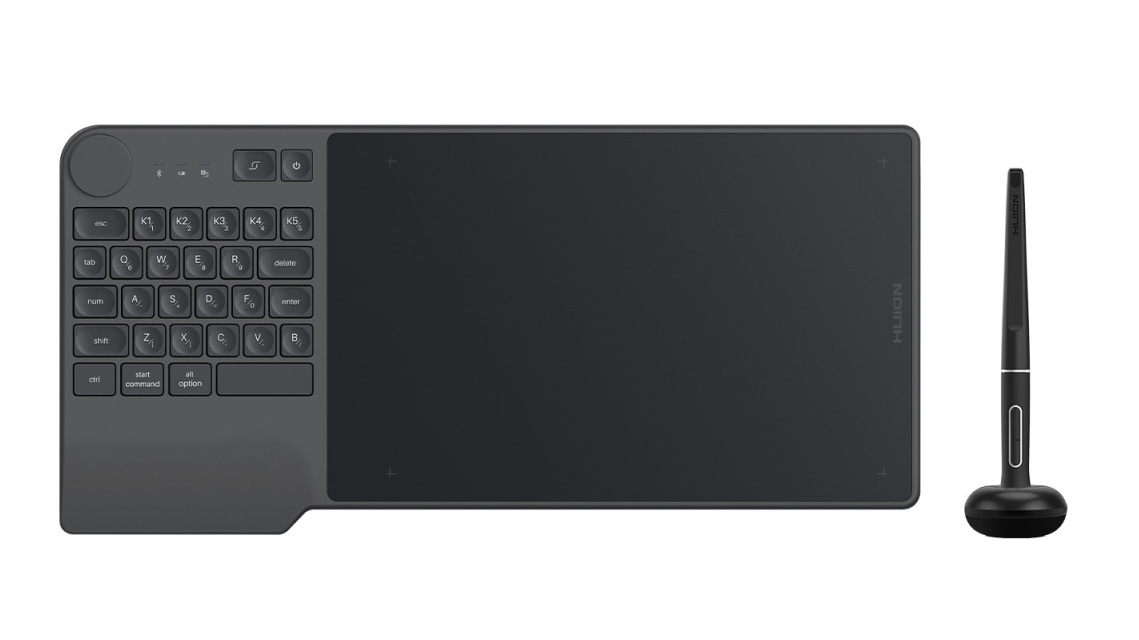
XP-Pen vs Huion: Pen Displays
Once we get into pen displays, prices start going up and we start seeing serious artistic tools. These are products essentially designed for those who want a Wacom Cintiq (or an iPad Pro) but can’t afford one – and they’re getting better and better.
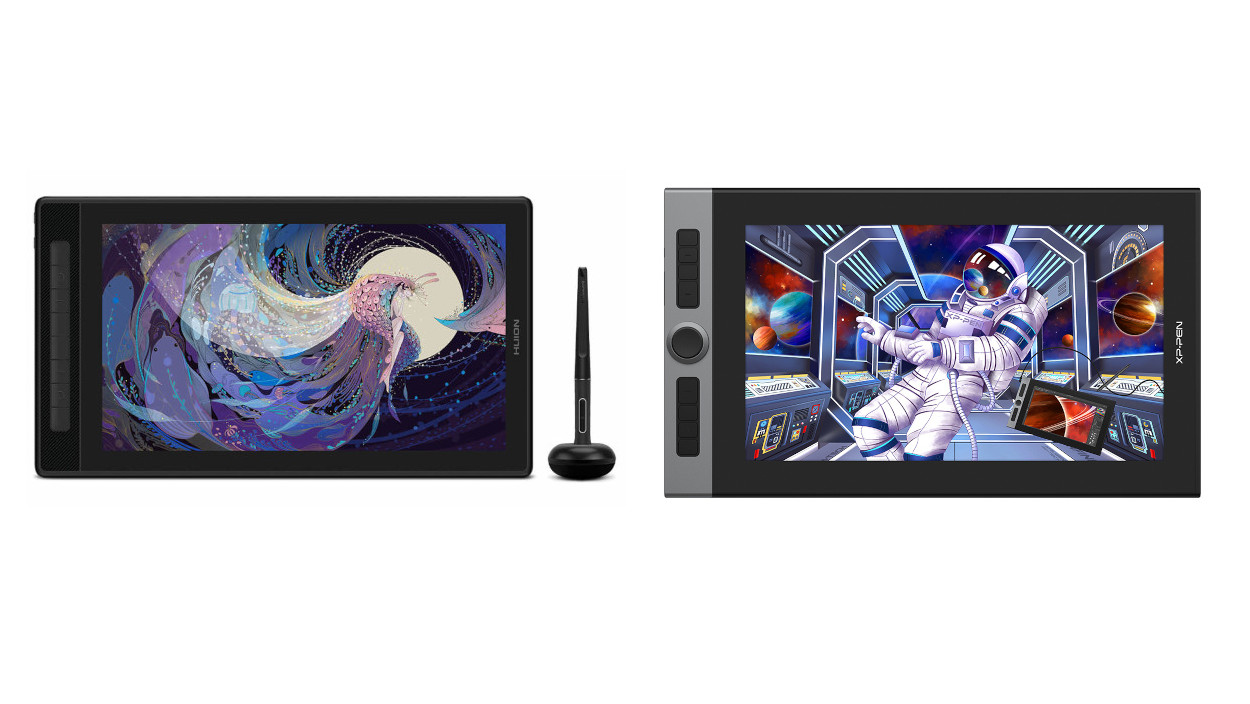
Let’s compare the firm’s 16-inch offerings. XP-Pen fairly recently debuted the XP-Pen Artist Pro 16, an update on its Innovator 16, with a new chip in its stylus pen that allows it to respond to the absolute lightest touch. It provides a beautifully natural-feeling drawing experience, with a well-pitched level of “bite” against the drawing surface. It’s also well-priced at the moment – you can get it for $449 or so.
Huion has a somewhat confusing 16-inch tablet offering, with the Kamvas 16, the Kamvas Pro 16 (2.5K) and the Kamvas Pro 16 (4K), which cost about $399, $599 and $829 respectively, the main difference being the resolution of their screens. While these are more expensive, and don’t have the fancy pen-sensitivity technology of XP-Pen’s offering, having this level of choice is very welcome.
Finally, let’s look at the flagship offerings – the 24-inch tablets. The Huion Kamvas Pro 24 and the XP-Pen Artist 24 Pro. Both are hugely impressive tablets, offering functionality close to that of a flagship Wacom Cintiq 24, at a fraction of the price. Both Pro 24 models have displays with 2560 x 1440 (2K QHD) resolution – though the Kamvas Pro 24 does come in a 4K version if you don’t mind spending $1,299 rather than $899. XP-Pen’s plucky version also costs $899.
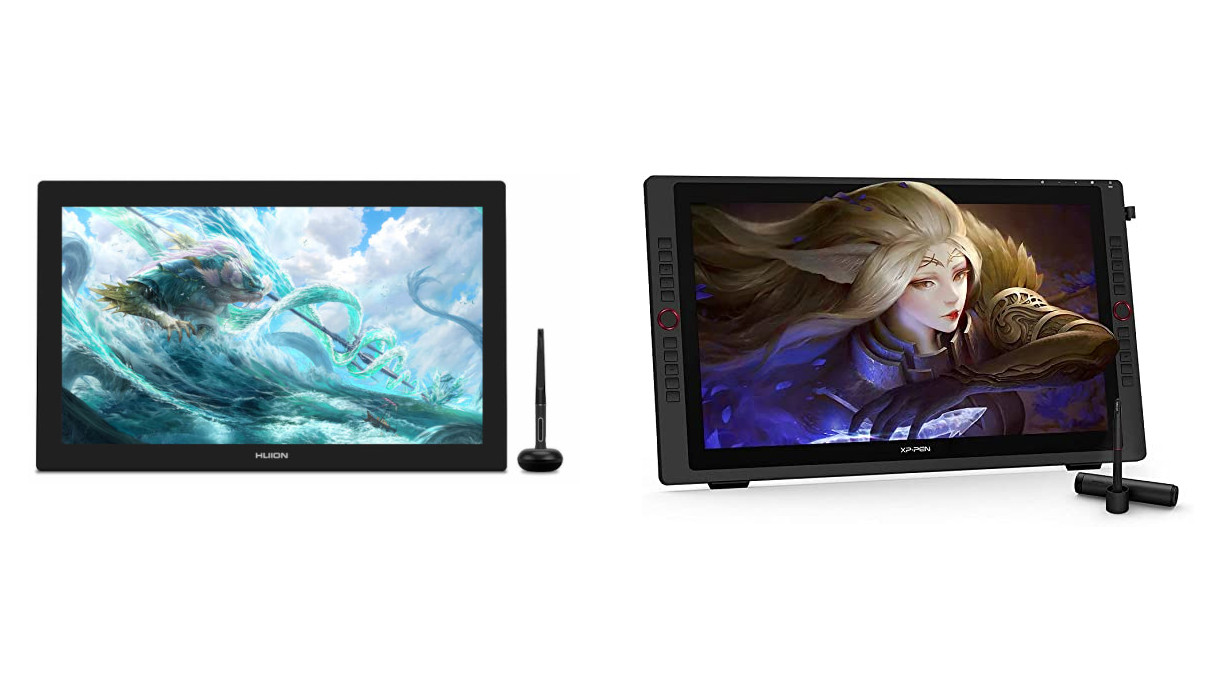
XP-Pen vs Huion: Our verdict
Ultimately, the main thing to remember is that both XP-Pen and Huion produce fantastic drawing tablets with great styluses. There’s no wrong answer in the question of XP-Pen vs Huion – it’s just about figuring out your preferences and what will best suit your art.
Our recommendations would be as follows: if you’re on a strict budget and looking for a cheap graphics tablet without a display, start by looking at XP-Pen. It has a broad selection of cheaper graphics tablets, and provides tremendous value for money if you’re just getting started.
However, if you’re looking for a higher quality pen display or graphics tablet – a Wacom Cintiq or Wacom Intuos equivalent without the knock-me-down price tags – then we’d say Huion is your best bet. You’ll get a higher quality product, still at a better price than you’d pay for the bigger brands.
Read more:
- Huion Inspiroy H430P review
- Huion Kamvas 24 Series review
- Why is my tablet so slow? Consider these 4 reasons

Thank you for reading 5 articles this month* Join now for unlimited access
Enjoy your first month for just £1 / $1 / €1
*Read 5 free articles per month without a subscription

Join now for unlimited access
Try first month for just £1 / $1 / €1

Jon is a freelance writer and journalist who covers photography, art, technology, and the intersection of all three. When he's not scouting out news on the latest gadgets, he likes to play around with film cameras that were manufactured before he was born. To that end, he never goes anywhere without his Olympus XA2, loaded with a fresh roll of Kodak (Gold 200 is the best, since you asked). Jon is a regular contributor to Creative Bloq, and has also written for in Digital Camera World, Black + White Photography Magazine, Photomonitor, Outdoor Photography, Shortlist and probably a few others he's forgetting.
